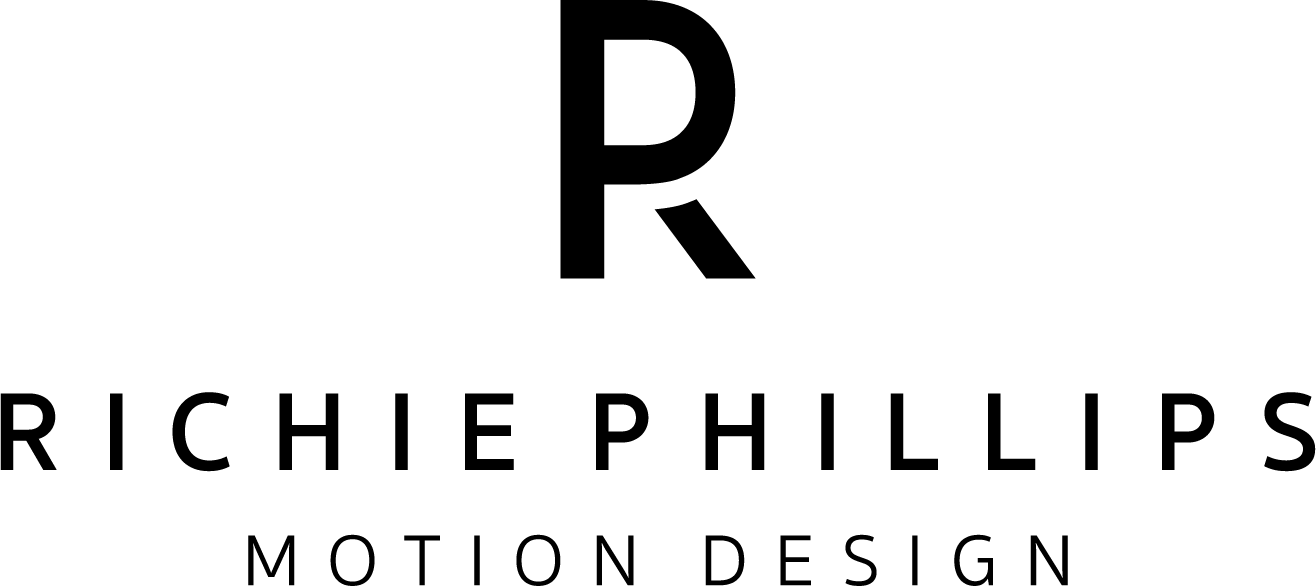In the ever-evolving world of animation, the ascent of Artificial Intelligence (AI) has emerged as a potent force, reshaping the way human animators work and unlocking unprecedented possibilities. Rather than posing a threat to the artistic process, AI is proving to be a valuable ally, offering a host of benefits that enhance creativity and efficiency in the animation realm.
Image ironically created by Bing Image Generator
Unleashing Efficiency with Automation
One of the primary advantages of integrating AI into animation workflows is the automation of repetitive tasks. Mundane processes, such as in-betweening or rendering, can be streamlined, enabling human animators to redirect their focus toward aspects of their craft that genuinely demand creativity and artistic nuance. This newfound efficiency not only accelerates production timelines but also minimises the risk of burnout among animators.
Enhancing the Creative Process
AI algorithms are designed to learn and adapt, leading to remarkable advancements in character design, movement prediction, and even script analysis. These capabilities complement the creative instincts of human animators, providing them with tools to explore new ideas, refine their vision, and push the boundaries of what's possible. As AI continues to evolve, it acts as a catalyst for innovation, inspiring animators to experiment with novel styles and storytelling techniques.
Streamlining Collaboration
In a collaborative industry like animation, communication and teamwork are paramount. AI facilitates smoother collaboration by automating tasks related to file management, version control, and even collaborative editing. This allows animators to seamlessly work together, irrespective of geographical distances, fostering a global community of creatives who can easily share and build upon each other's work.
Democratising Animation Tools
The integration of AI has led to the development of more user-friendly animation tools. As these tools become more accessible, animators, both seasoned professionals and aspiring beginners, can harness the power of AI to bring their ideas to life. This democratisation of technology ensures that the benefits of AI are not limited to large studios but extend to individual artists and smaller production houses.
Expanding the Scope of Animation
AI-driven techniques, such as deep learning and neural networks, are expanding the scope of what can be achieved in animation. Realistic simulations, dynamic physics, and complex character interactions are becoming more attainable, enabling animators to create immersive and visually stunning worlds. AI acts as a catalyst for pushing the boundaries of storytelling, offering new avenues for expressing ideas and emotions.
In conclusion, the rise of AI in animation is not a replacement for human creativity but a powerful tool that complements and amplifies it. By automating routine tasks, enhancing the creative process, streamlining collaboration, and democratising tools, AI empowers human animators to reach new heights of artistic expression. As we embrace this symbiotic relationship between human creativity and artificial intelligence, the future of animation holds promise for groundbreaking innovation and storytelling excellence.

